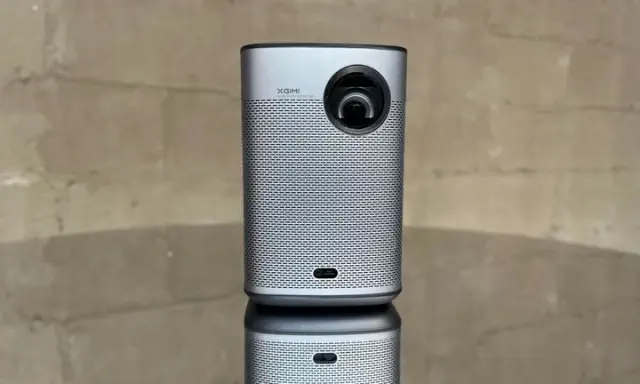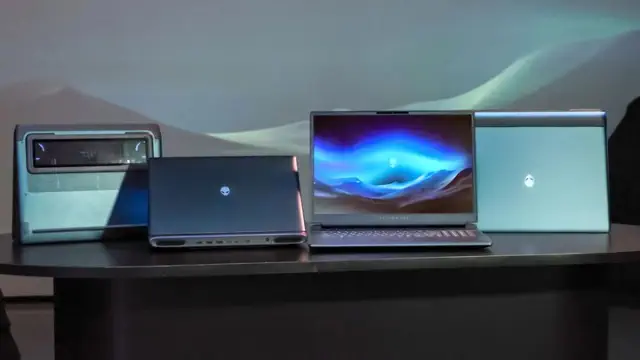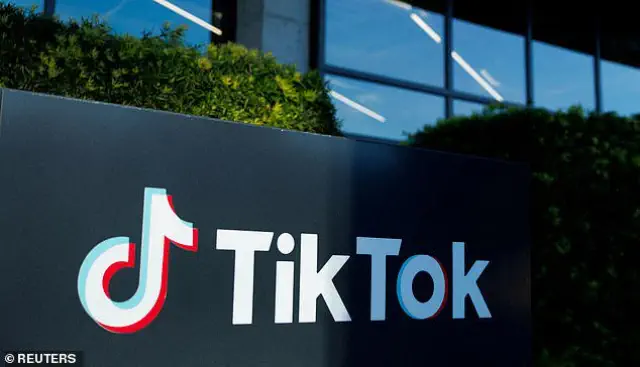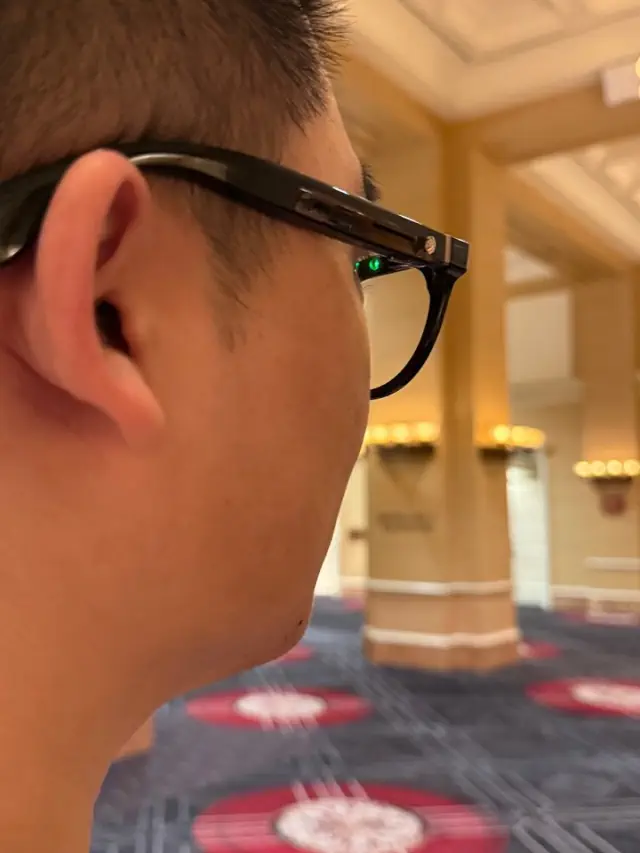After nearly two decades, Walmart has unveiled a new logo. The global retail giant refers to it as “a complete brand refresh,” but the response from the online community has been less than favorable regarding the updated design.
Overall, the internet's response swings between anger and confusion regarding the new Walmart logo—yet this rollout serves as a fascinating example of how social media responds to change and the influence of cognitive biases on online interactions.
Let’s examine the situation more closely.
What Prompted Walmart to Unveil a New Logo?
Founded in 1951, Walmart has grown from humble origins in Arkansas to the world’s largest retailer.
It is common for businesses to periodically refresh and enhance their branding, and Walmart is a perfect example of this practice in action.
According to the company, key aspects of this change include a wordmark “inspired by Sam Walton’s classic trucker hat and brought to life with a modern, custom font.”
In addition, the shift in color between the previous and updated logos is intended to "maintain a fresh image for the brand."
Walmart has announced that its revamped brand will be introduced across its different platforms and channels starting in January 2025. Concerning its physical locations, the company revealed that the redesign process commenced in October 2024, with plans to gradually update the remaining stores in the future.
Walmart's updated logo is set to make its debut widely, but it seems the online community isn't particularly thrilled about it.
How is Walmart's New Logo Being Perceived Online?
Up to this point, the feedback has been largely unfavorable. Many comments express disbelief that anyone was compensated for the work:
People are creating memes from a similar angle, drawing comparisons between the new Walmart logo and various other items:
Social media users are leveraging well-known meme formats to express their dissatisfaction and bewilderment regarding Walmart's rebranding efforts:
On social media, there is an abundance of memes and posts from users expressing their discontent with the redesign and voicing frustration over individuals being compensated for their efforts.
What is it about Walmart's updated logo that has caused such a stir online?
Reasons Behind the Online Outrage Over the New Walmart Logo
Certainly, one possible reason is that the public may not be fond of the redesign, but there seems to be a more complex underlying issue regarding the response to the updated Walmart logo.
Generally speaking, this can be divided into two main aspects: a fear of transformation and a reliance on expertise.
A research paper from 1988 by William Samuelson and Richard Zeckhauser entitled “Status Quo Bias in Decision Making” revealed that the vast majority of the populace are resistant to change, instead preferring for things to remain as they are.
"The study asserts that individuals tend to favor maintaining the current state of affairs," the paper states.
This indicates that individuals have a natural aversion to change, so when something recognizable, such as the logo of a globally renowned retailer, undergoes a transformation, it often triggers a negative response instinctively.
This school of thought is supported by the loss aversion bias, research pioneered by Daniel Kahneman and Amos Tversky. This states that “the response to losses is stronger than the response to corresponding gains.”
In essence, the anguish of losing something can frequently outweigh the joy of acquiring something fresh. This tendency can result in adverse responses when faced with change—illustrated by individuals venting their frustrations through memes and social media posts regarding the updated Walmart logo.
However, there is another facet to the online response. As previously mentioned, a significant portion of the reactions to Walmart's brand overhaul consisted of expressions of skepticism regarding the company's decision to hire individuals for the creation of the new logo.
This serves as a perfect illustration of how the online community can sometimes be excessively assured of its own accuracy.
The Dunning-Kruger effect is a cognitive bias in which people overestimate their own knowledge, believing they’re more expert than they actually are. This leads to people with limited experience over-egging how much they actually know about a topic. Social media worsens this as the simply act of sharing online can make users overconfident in their own knowledge.
While, on the surface, Walmart’s new logo may appear a minor change that anyone could have done, there’s likely to be a dedicated and professional team behind it. With figures suggesting global branding agencies were worth $5.2 billion in 2023, this is clearly a competent and expert sector.
Walmart didn’t become worth over $735 billion by throwing money away, after all.
Transitioning from continuity to keeping pace with modern trends, there are compelling reasons for the subtle alteration in Walmart's latest logo. However, the problem lies in the fact that most individuals discussing this change online lack expertise in the area, despite their strong convictions to the contrary.
In the end, the redesigned Walmart logo serves as a fascinating illustration of multiple psychological elements interacting simultaneously across the internet. It stands as a compelling case study in understanding the online community's response to change and the widespread effects of cognitive biases.
Absolutely, the internet is buzzing about Walmart's new logo, but this reaction is to be expected; similar responses will probably arise with every brand overhaul.










